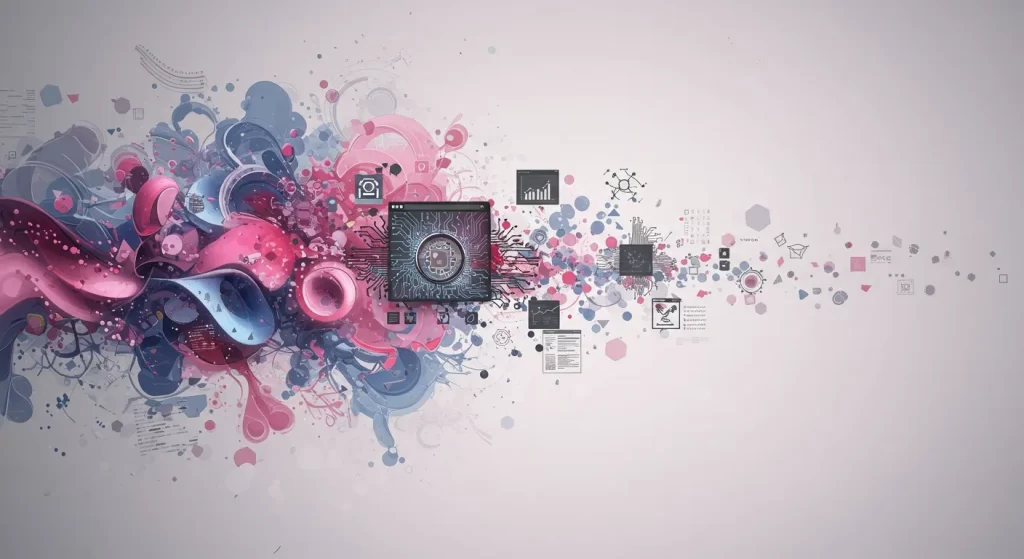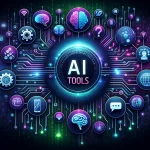Introduction
Artificial Intelligence (AI) is at the heart of the digital transformation wave, and building your own AI-powered app in 2025 is easier than ever. Whether you’re a complete beginner or an experienced developer, this guide will walk you through the entire process of creating an AI app from scratch, covering everything from choosing the right programming language to deploying your application for real-world use.
Step 1: Understand the Basics of AI
Before jumping into development, it’s important to grasp what AI is. At its core, AI mimics human intelligence to perform tasks like image recognition, natural language processing, prediction, and automation.
Key Concepts to Know
- Machine Learning (ML)
- Neural Networks
- Natural Language Processing (NLP)
- Computer Vision
- Data Preprocessing
If you’re a beginner, platforms like Coursera, edX, or YouTube channels like FreeCodeCamp offer excellent tutorials.
Step 2: Define the Purpose of Your AI App
Ask yourself:
- What problem will the app solve?
- Is it a chatbot, an image classifier, a recommendation engine, or something else?
- Who is the target audience?
Example Ideas:
- AI fitness coach
- Smart expense tracker
- Real-time language translator
- Mental health chatbot
Pro Tip: Start small. Choose a simple MVP (minimum viable product) to validate your idea.
Step 3: Choose Your Tech Stack
Choosing the right tools is crucial for efficient AI development.
Best Programming Languages for AI in 2025:
- Python: Best for beginners and widely supported
- JavaScript (Node.js): Great for web-based AI apps
- Swift/Kotlin: For native mobile AI apps
Popular AI Frameworks:
- TensorFlow
- PyTorch
- Scikit-learn
- OpenAI API (for GPT-like features)
- Hugging Face Transformers
Backend and Frontend:
- Backend: Flask, FastAPI, Django (Python)
- Frontend: React, Vue.js, Flutter (for cross-platform apps)
Step 4: Collect and Prepare Your Dataset
AI models require quality data.
Sources of Datasets:
- Kaggle
- Google Dataset Search
- UCI Machine Learning Repository
Data Preprocessing Includes:
- Cleaning (removing noise or null values)
- Normalization
- Feature Engineering
- Splitting data into training and testing sets
Step 5: Build and Train Your AI Model
Now it’s time to write code for your AI model.
Basic Steps:
- Import necessary libraries (TensorFlow, NumPy, etc.)
- Load and preprocess your dataset
- Define your model architecture
- Train the model
- Evaluate and fine-tune it
Example (Simple ML model in Python):
from sklearn.linear_model import LinearRegression from sklearn.model_selection import train_test_split # Sample data X = [[1], [2], [3], [4]] y = [2, 4, 6, 8] # Split the data X_train, X_test, y_train, y_test = train_test_split(X, y) # Train the model model = LinearRegression() model.fit(X_train, y_train) # Predict predictions = model.predict(X_test)Step 6: Integrate AI Model with Your App
Once the model is trained, you need to integrate it into your app.
- For Web Apps: Use Flask or FastAPI to create an API endpoint
- For Mobile Apps: Use TensorFlow Lite or Core ML for deployment
- For Cloud Apps: Host your model on AWS, Azure, or Google Cloud
Example:
If you trained a chatbot using OpenAI API, integrate it using REST APIs and connect it with your UI using React or Flutter.
Step 7: Test and Optimize
Test your AI app on different devices and inputs. Use A/B testing to see what performs better. Gather user feedback and retrain your model periodically with fresh data.
Tools to Use:
- Postman (API Testing)
- Jupyter Notebooks (for model evaluation)
- Google Colab (for faster model training with GPU)
Step 8: Deploy and Launch
Once your AI app is ready, deploy it on a platform of your choice.
Deployment Options:
- Web App: Heroku, Vercel, Netlify
- Mobile App: Google Play Store, Apple App Store
- Cloud Deployment: AWS EC2, Azure App Service, GCP
Step 9: Monitor and Scale
After launch, monitor user behavior, app crashes, and model performance.
Tools for Monitoring:
- Google Analytics
- Sentry (for error tracking)
- Prometheus and Grafana (for server performance)
When your user base grows, consider containerization with Docker and scaling with Kubernetes.
Conclusion
Building an AI app from scratch in 2025 is a rewarding process that combines creativity, technical skills, and smart tools. With the right approach, even a beginner can build powerful AI-powered applications that solve real-world problems.
Keep experimenting, keep learning — and most importantly, build something that matters.


